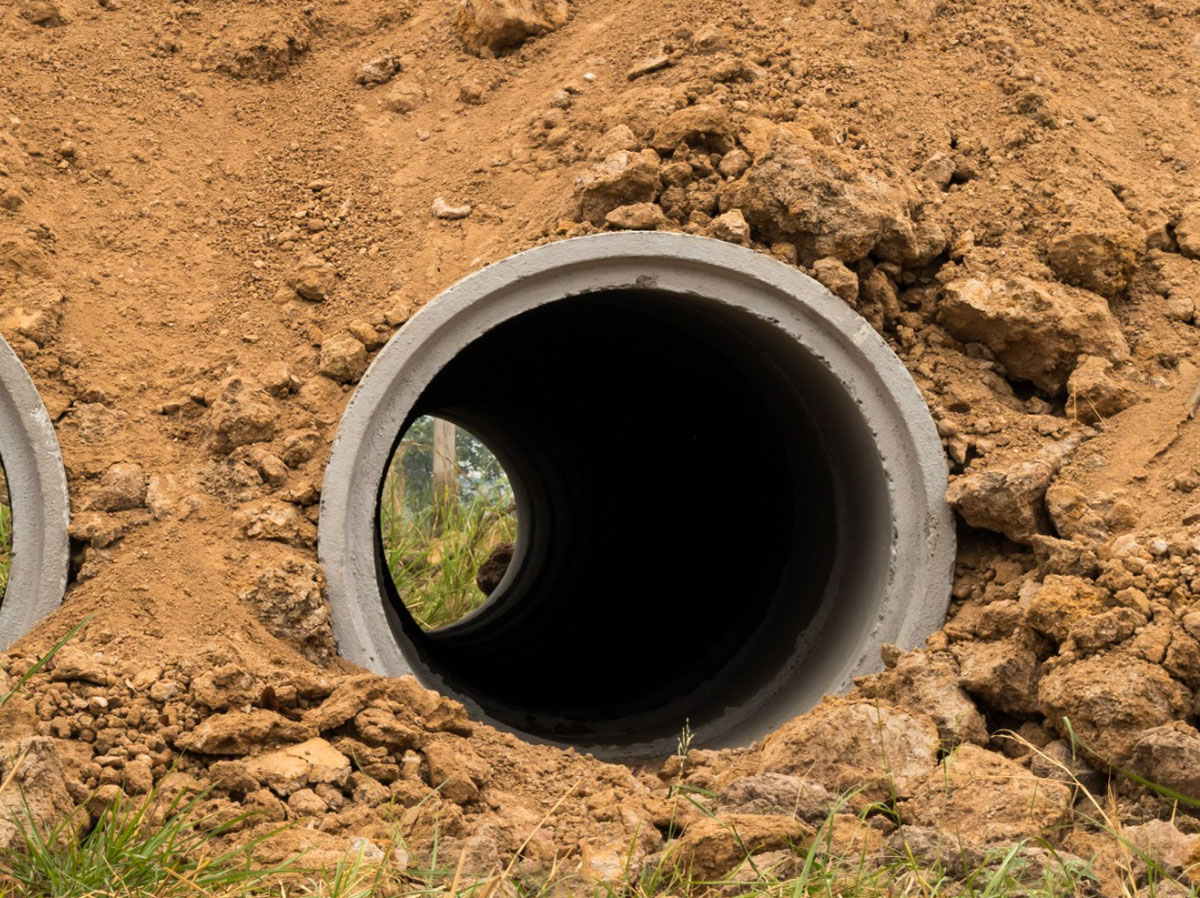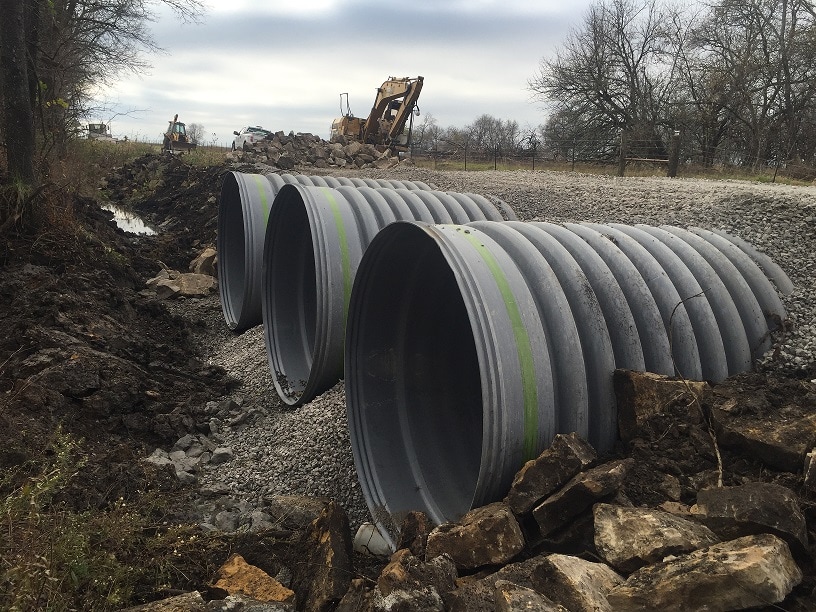Expert Road Construction Solutions for Smooth Travel
Wiki Article
Culvert Installation Made Easy: Step-by-Step Overview for Success
Mounting culverts may appear like a straightforward task, however guaranteeing a successful end result requires cautious planning and execution. From picking the proper culvert size to integrating appropriate drain actions, each step in the installation procedure plays an important role in the capability and durability of the culvert system. By following a methodical approach and taking note of vital information, the installation can continue efficiently, reducing prospective issues down the line. Keep tuned to reveal the essential steps and considerations that can make culvert installation a seamless and successful undertaking.Selecting the Right Culvert Dimension
Selecting the appropriate culvert size is essential for guaranteeing efficient water circulation and structural stability in culvert installment jobs - Pad Construction. The size of the culvert straight impacts the flow ability of water through the framework. A culvert that is too small can result in flooding and overflow, while one that is also huge may cause reduced water rate, potentially causing sediment build-up and obstructionsTo identify the right culvert size, aspects such as the watershed area, top flow rates, and hydraulic effectiveness demand to be very carefully considered. Calculations based on these specifications help in choosing a size that can adequately manage the anticipated water volume while minimizing the danger of blockages and architectural failure.
It is vital to get in touch with design standards and criteria to make sure that the selected culvert dimension fulfills the task requirements and local regulations (Pad Construction). By picking the best culvert dimension, project managers can optimize water flow, protect against possible issues, and enhance the total efficiency and longevity of the culvert setup
Preparing the Installment Site
Effective culvert installment demands meticulous preparation of the installment website to make sure ideal structural assistance and functionality. Before commencing the installment process, it is critical to clear the website of any type of particles, plant life, or obstructions that might restrain the culvert's positioning. Making sure a level structure is vital for the correct placement and stability of the culvert. This might involve grading the website to produce a smooth, also surface area that can effectively sustain the weight of the culvert and any kind of expected loads. In addition, appropriate compaction of the soil beneath the culvert is essential to avoid resolving or moving in time.Additionally, it is essential to think about aspects such as soil structure, groundwater click to find out more degrees, and ecological influences when preparing the setup site. Conducting a comprehensive site evaluation can aid identify any kind of prospective challenges or risks that might impact the culvert's performance. By making the effort to prepare the setup site appropriately, you can help ensure an effective culvert installation that meets architectural needs and makes certain long-lasting performance.
Positioning the Culvert Appropriately

The grade at which the culvert is positioned is vital for maintaining a correct incline for water flow. A steady incline helps avoid pooling and advertises efficient drainage. In addition, the culvert must be oriented properly to ensure that the inlet and outlet are in the appropriate areas. This alignment is vital for the culvert to work efficiently in taking care of water circulation.
Backfilling and Condensing the Soil
Proper backfilling and compaction of the dirt around the culvert is important to make certain security and avoid potential issues in the future. When the culvert is properly placed, the next essential step is to backfill the location around it with appropriate material.Compaction aids in decreasing the possibilities of negotiation and ensures uniform assistance around the culvert. It is crucial to compact the dirt equally on all sides of the culvert to preserve its architectural integrity.
Appropriate backfilling and compaction not just provide stability to the culvert but additionally assist in preventing dirt erosion and keeping the long life of the culvert system.
Ensuring Correct Drain Assimilation
Integrating efficient drain services plays an essential duty in the general functionality and long life of culvert installments. Proper drain integration is necessary for handling water flow, protecting against erosion, and making sure the architectural stability of the visit the site culvert system. To accomplish this, it is essential to develop a comprehensive water drainage plan that considers elements such as the quantity of water anticipated, the topography of the location, and the kind of dirt existing.
Furthermore, integrating attributes like disintegration control measures, such as riprap or plant life, can further improve the performance of the drain system. By thoroughly planning and applying these drainage solutions, culvert setups can work efficiently and withstand the examination of time.
Conclusion
In verdict, correct culvert setup is vital for maintaining effective water drainage systems. By selecting the ideal culvert size, preparing the installation website, putting the culvert correctly, backfilling and compacting the dirt, and making certain proper drainage assimilation, success can be attained. Adhering to these steps will certainly help ensure the longevity and performance of the culvert, inevitably adding to the total success of the water drainage system.Report this wiki page